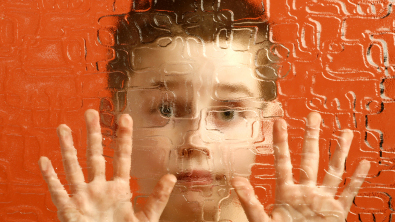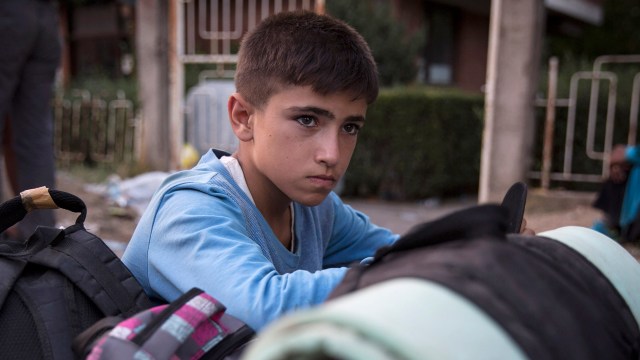Autistic Kids Can Thrive in Integrated Classrooms

Since 1975, the passage of the Education for All Handicapped Children Act, schools have been legally responsible to provide good quality education for kids with a wide variety of backgrounds. In recent years, conversation has gotten particularly loud about how kids with autism spectrum disorder, or ASD, should be included in the classroom.
Some private schools won’t take a kid with ASD, because it’s hard for teachers, the student, and parents to handle. Why? Well, one of the challenges is that autism expresses itself in a varied way. It doesn’t necessarily have the same features in any two kids with the disorder. So there’s not just one way to work with a child who has ASD. Instead, it takes a fair amount of flexibility and attention to help that child thrive in an integrated classroom setting.
A study from Australia shows that teachers need more support for handling autism in the classroom. “Flexible and agile” teaching methods help students with autism, and can also contribute to a helpful learning experience for other children. Social emotional wellbeing is very important for autistic students, but it’s not always the easiest principle to put into practice. What it means for teachers is helping their autistic students plan and organize their time as well as assist them in dealing with change and managing the social side of being in a classroom. When teachers worked with autistic kids in this way, it positively influenced their participation and engagement.
The research comes at an important time, since the question of separated vs. integrated classrooms is still abuzz. There are a lot of schools popping up that specialize in working with autistic kids. Separate classrooms can allow for more one-on-one time between educators and students, but also sometimes a feeling of being less important than the non-special education kids in the school.
An entirely separate school for children with ASD can be tailored to the needs of autistic kids, helping them thrive, but some wonder if it also removes them from from the other people and challenges they’ll need to deal with for the rest of their lives. Some believe that the best model is actually a fluid and complex schedule between special education and non-special education classrooms.
—
Header Image: Flickr





